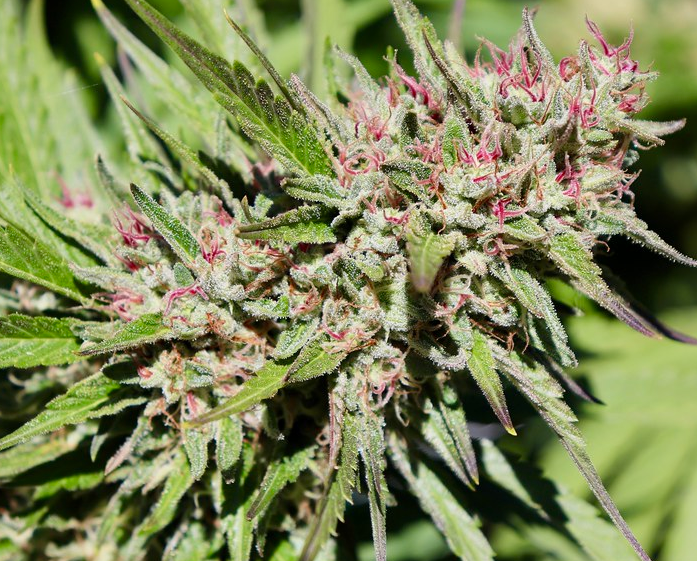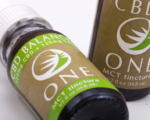Canada’s cannabis industry is chasing a number — and it’s doing more harm than good. The fixation on THC percentages is leaving consumers confused and the market stunted.
When recreational cannabis was legalised in Canada back in 2018, it was meant to be a progressive leap forward. But instead of building a marketplace where consumers could explore quality, variety, and nuance, we built one based on a single, blunt metric: total THC percentage.
What was intended as a safety disclosure quietly transformed into the industry’s entire sales pitch. And now, the fallout is impossible to ignore — growers are gaming the system, dispensary shelves are narrowing, and customers are buying products that often don’t meet their expectations.
Why THC Became the Be-All and End-All
It wasn’t supposed to be this way. But with tight restrictions on advertising and branding, producers had little wiggle room to differentiate their products.
For most consumers walking into a shop, that THC number on the label became the only thing they understood — and the only thing they trusted. Even budtenders began defaulting to potency as a recommendation metric. The message spread quickly: higher THC = better weed.
This shift wasn’t driven by science or experience. It was driven by absence — the lack of clear, accessible education.
The result? A market chasing numbers rather than experiences.

What Gets Lost in the Pursuit of Potency
Ask any seasoned cannabis user, and they’ll tell you: the best weed doesn’t always have the highest THC. In fact, some of the most enjoyable and balanced effects come from products with moderate levels of THC — paired with a rich profile of terpenes and cannabinoids.
But try telling that to someone browsing a shelf with three nearly identical jars, the only obvious difference being 23% vs 29%.
It’s leading to some serious problems:
-
Producers are under pressure to deliver higher and higher THC percentages, even if it means sacrificing genetics or harvesting too early.
-
Labs are being accused of inflating results or “lab shopping” to meet retailers’ minimum THC thresholds.
-
Small-batch, artisanal growers are being pushed out of the game if their plants don’t test over 25%.
This isn’t just a quality problem — it’s an integrity problem too.
A Skewed System with Real Market Consequences
Let’s take a step back and look at how this obsession with potency has reshaped the cannabis market in hard numbers. In 2024, a report from Cannabis Benchmarks showed that nearly 80% of flower SKUs on Ontario shelves tested over 25% THC — a massive leap from just 34% in 2020.
And here’s where it gets murky. Botanists and agricultural scientists widely agree that those kinds of concentrations are biologically uncommon. So, what gives?
The table below compares reported THC levels vs. estimated natural averages across a sample of strains:
| Strain Name | Reported THC (Label) | Estimated Typical Range |
|---|---|---|
| Pink Kush | 29% | 18–22% |
| Gelato | 26% | 17–21% |
| Wedding Cake | 28% | 19–23% |
| Blue Dream | 27% | 15–20% |
This isn’t a conspiracy — it’s market distortion. When retailers only stock what sells, and what sells is based on THC numbers, everyone in the supply chain feels forced to play along.
Consumers Are Catching On — But Slowly
There’s a growing murmur in cannabis communities: people are starting to notice that “the strong stuff” isn’t always the good stuff. Some complain about harshness, lack of aroma, or effects that hit like a brick and wear off just as fast. It’s like buying a £200 bottle of wine only to realise it tastes like supermarket plonk.
But old habits die hard. For years, THC has been the measure of choice, and turning that tide will take time.
One budtender in Toronto summed it up with a shrug: “I try to talk terpenes with people, but they stop listening the second I say the word ‘pinene’.”
That’s the wall cannabis education keeps running into. The language hasn’t caught up with the market.
What Real Quality Looks Like — And Why It’s Hard to Explain
The best cannabis isn’t just high in THC. It smells alive, burns clean, feels smooth, and delivers an experience that matches your mood. It’s a sensory experience — not a chemical equation.
But that’s not easy to quantify on a government label. And it certainly doesn’t fit in a tweet or TikTok.
There’s no standardised aroma score. No easy index for terpene synergy. No metric for “doesn’t make me anxious” or “great for Sunday mornings.”
In short, real quality doesn’t scale easily — and that makes it a hard sell.
And yet, a handful of producers are holding the line. They’re focusing on growing healthy plants, curing properly, and educating budtenders one visit at a time. It’s the long road, but it might be the only one that leads somewhere real.
What Needs to Change (and Why It’s Taking So Long)
Change will only come when incentives shift — and that means government, retailers, and consumers all need to move together. Right now, the system’s stuck.
A few hopeful signs:
-
The Ontario Cannabis Store launched a terpene education campaign in late 2023.
-
Some private dispensaries are beginning to offer “low-THC, high-terpene” featured sections.
-
Industry pressure is mounting for more transparent lab standards and less reliance on raw THC data.
Still, these changes are incremental. Most shoppers are still walking in asking, “What’s your highest THC?”
And who can blame them? It’s what’s been drilled into their heads for five years.
The reality is that cannabis isn’t vodka. It’s not about getting the most bang for your buck. It’s about feeling something — subtle, social, creative, calm. You can’t bottle that into one number.
Until that becomes the mainstream message, the industry’s best growers will continue to lose shelf space to numbers that mean less than we pretend they do.
David Johnson is a respected writer known for his expertise in crafting compelling articles about cannabis. With a passion for exploring the intersection of cannabis, health, and wellness, he sheds light on the therapeutic properties and potential uses of this versatile plant. David’s in-depth analysis and thought-provoking commentary offer readers a deeper understanding of the evolving landscape of cannabis legislation, consumption methods, and industry trends.








